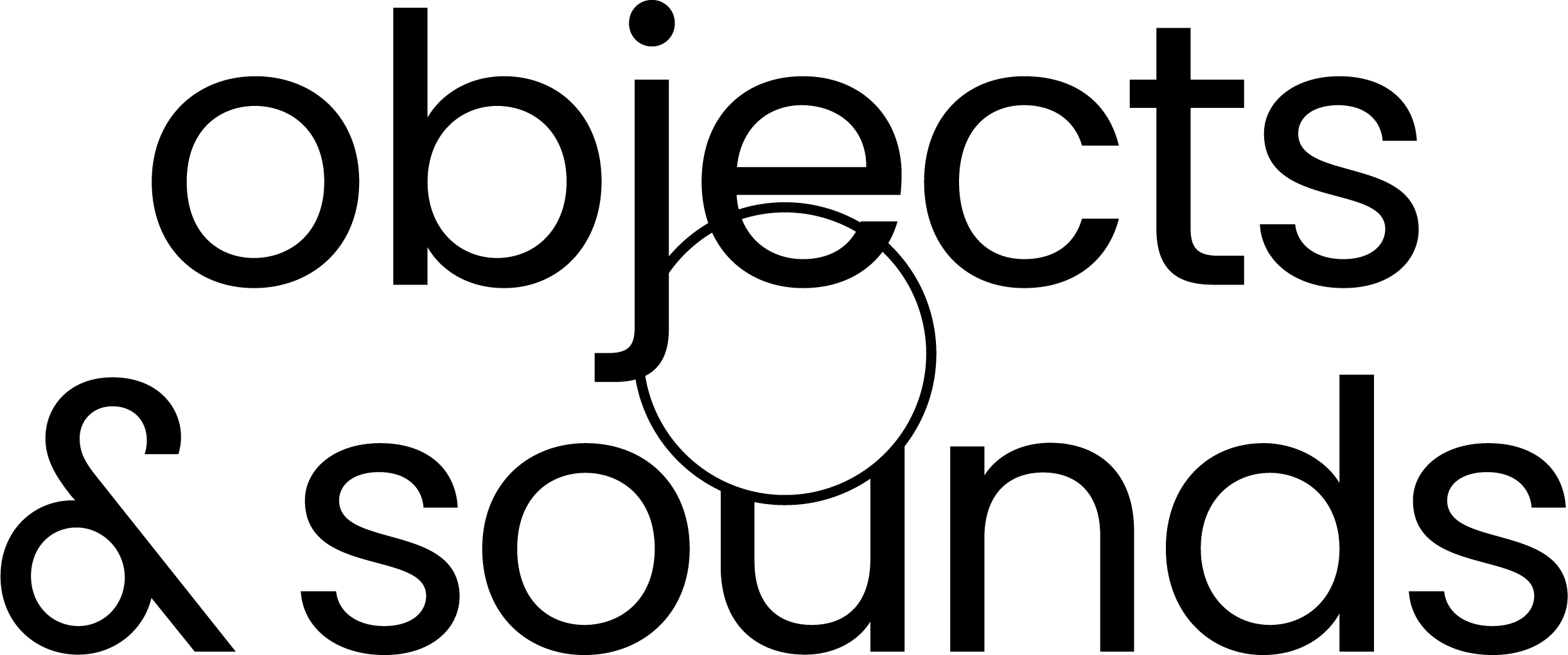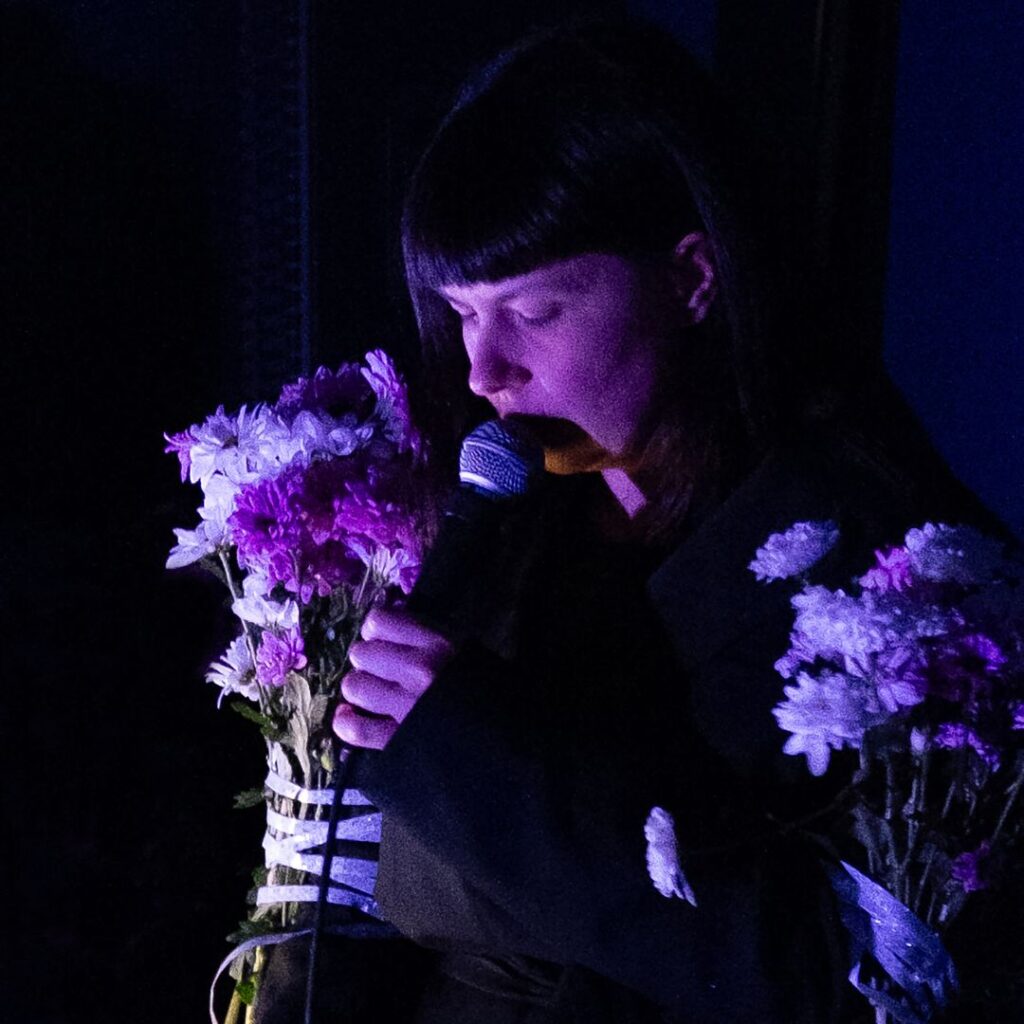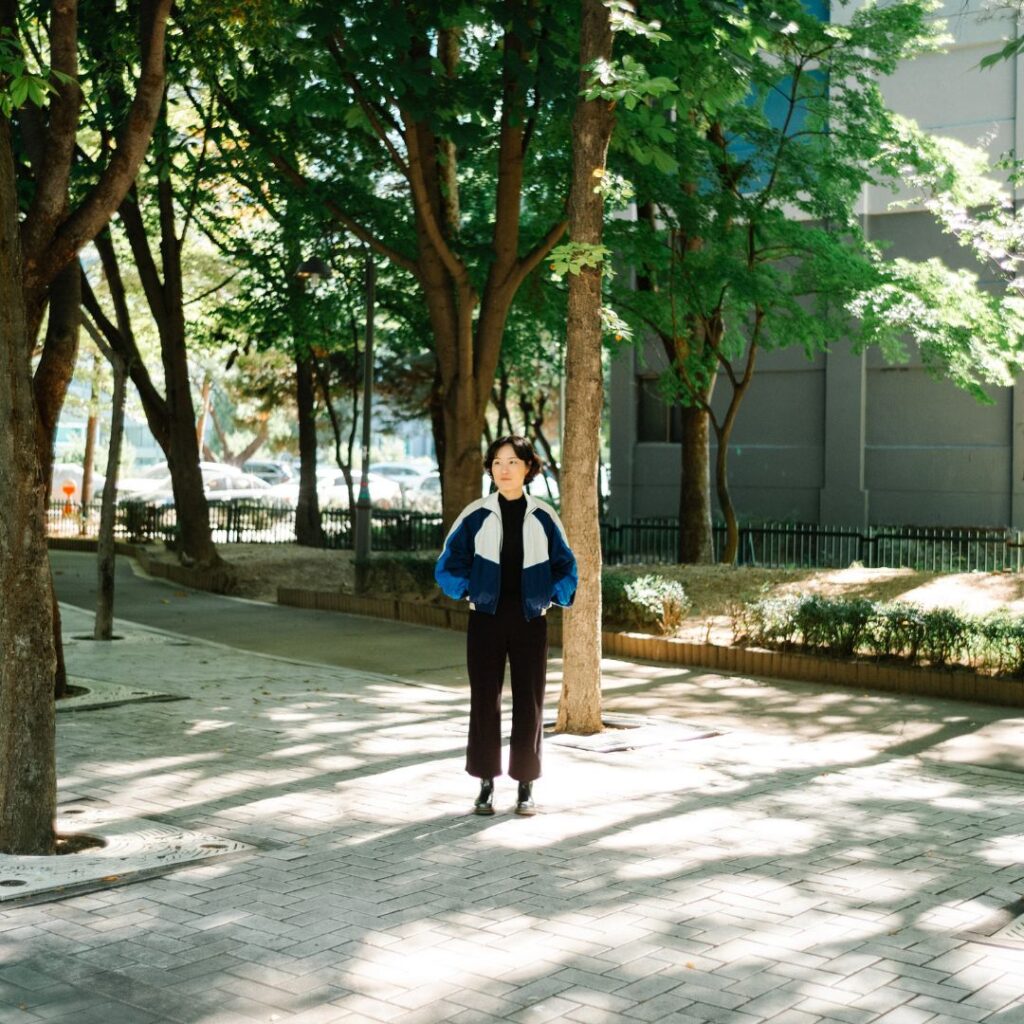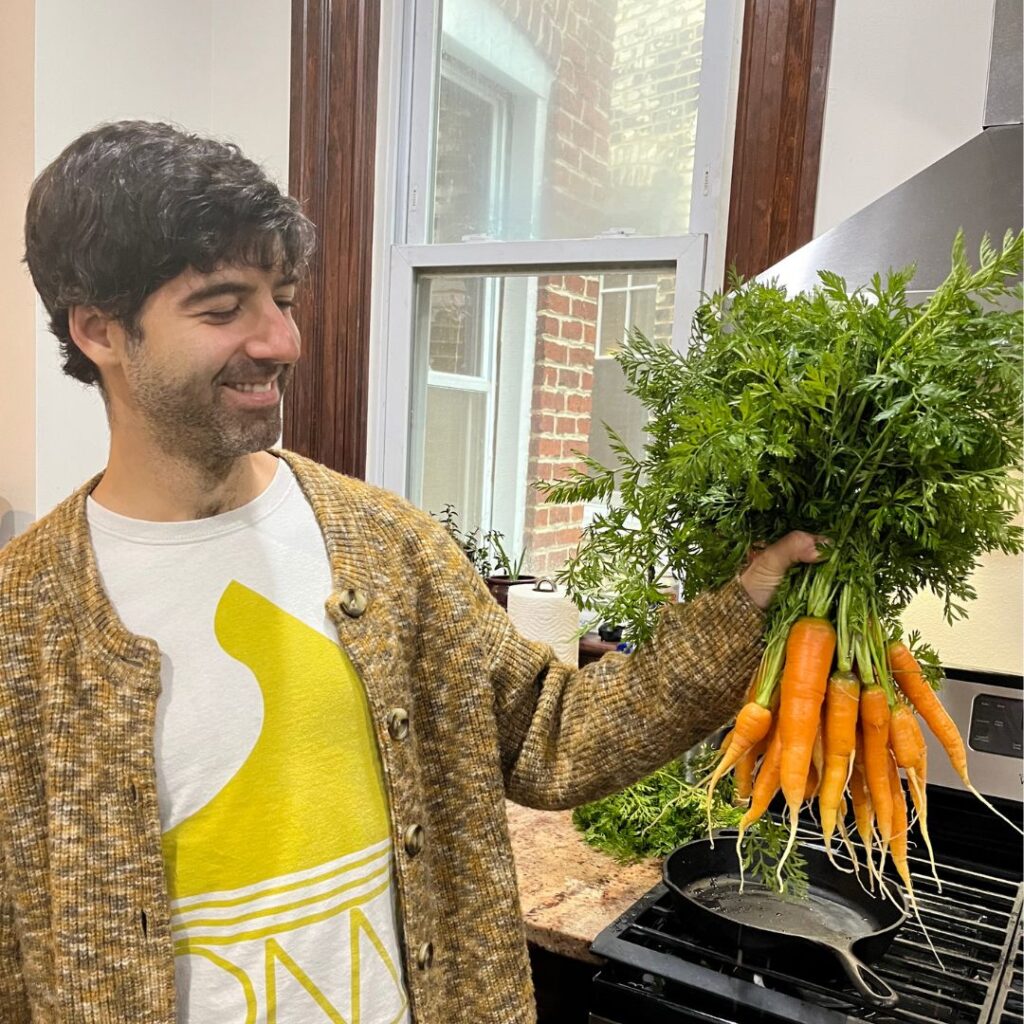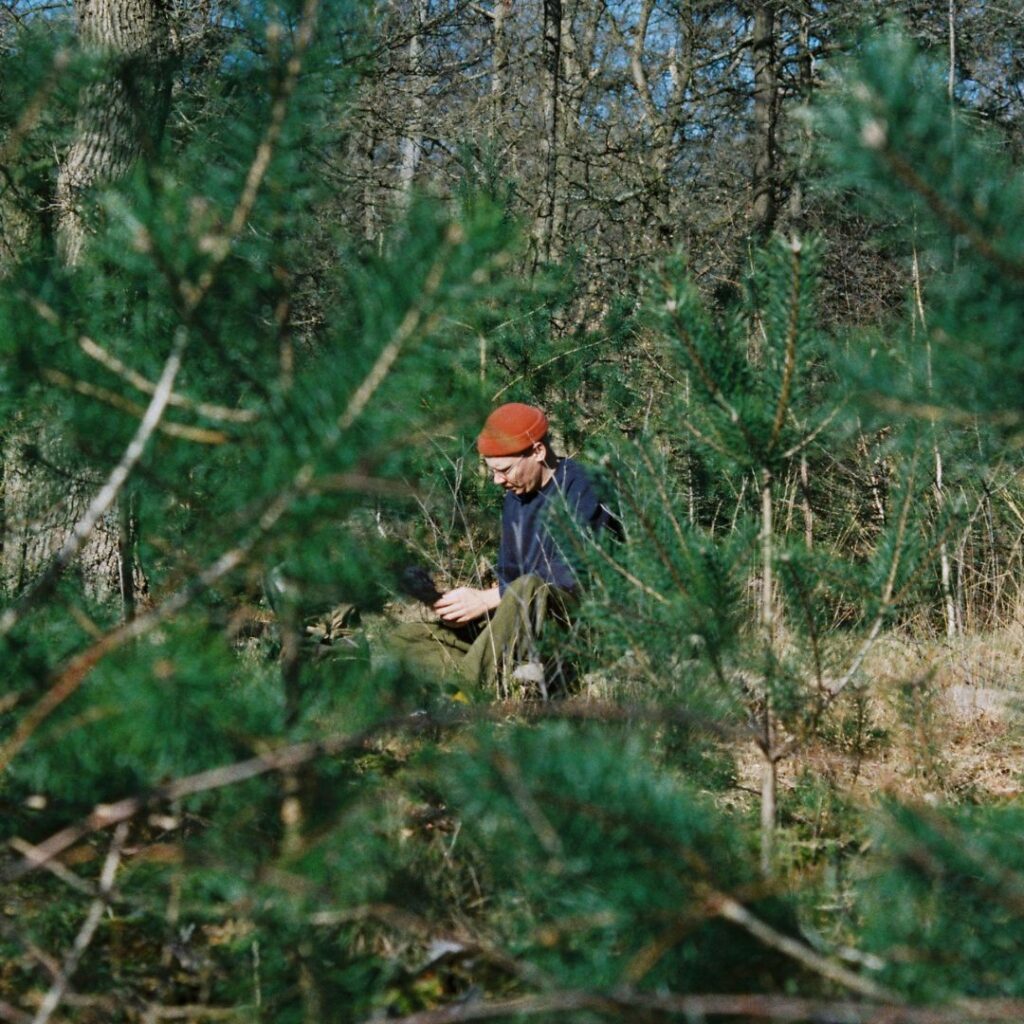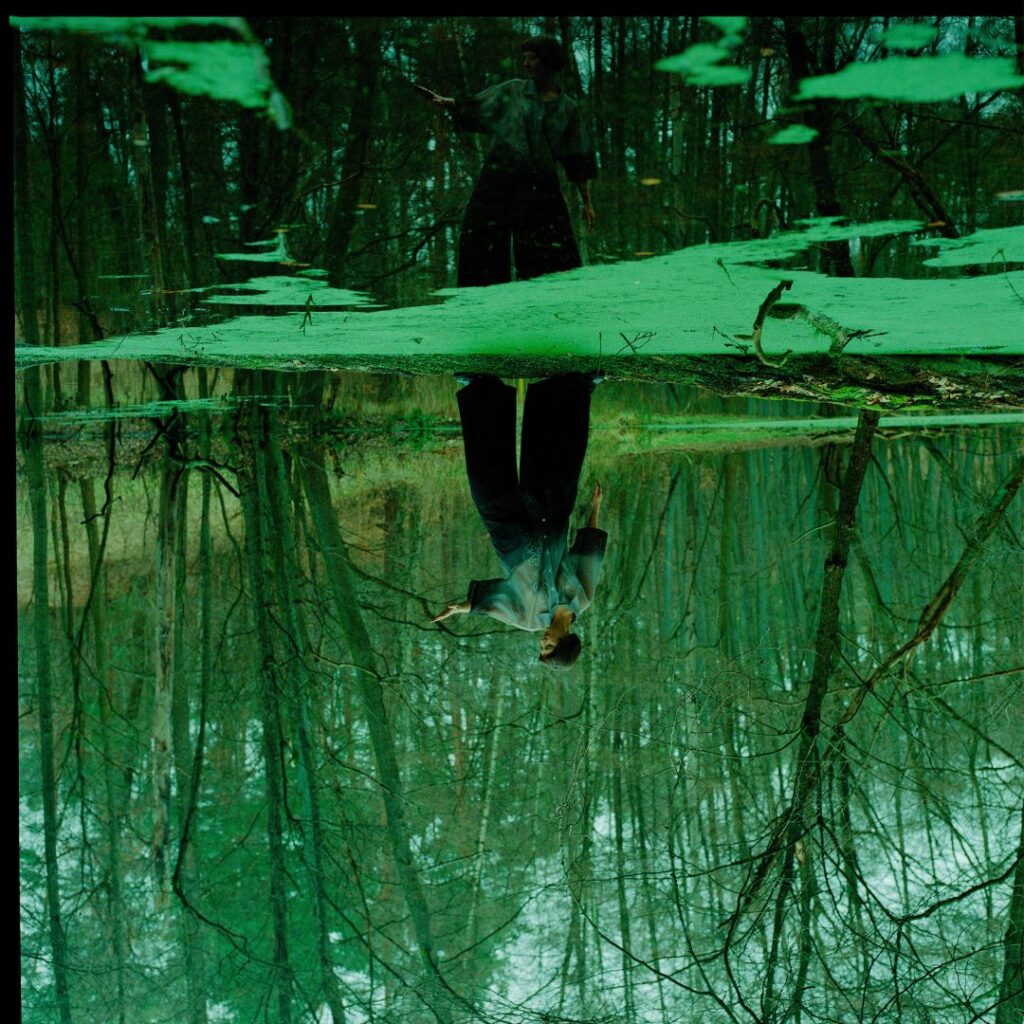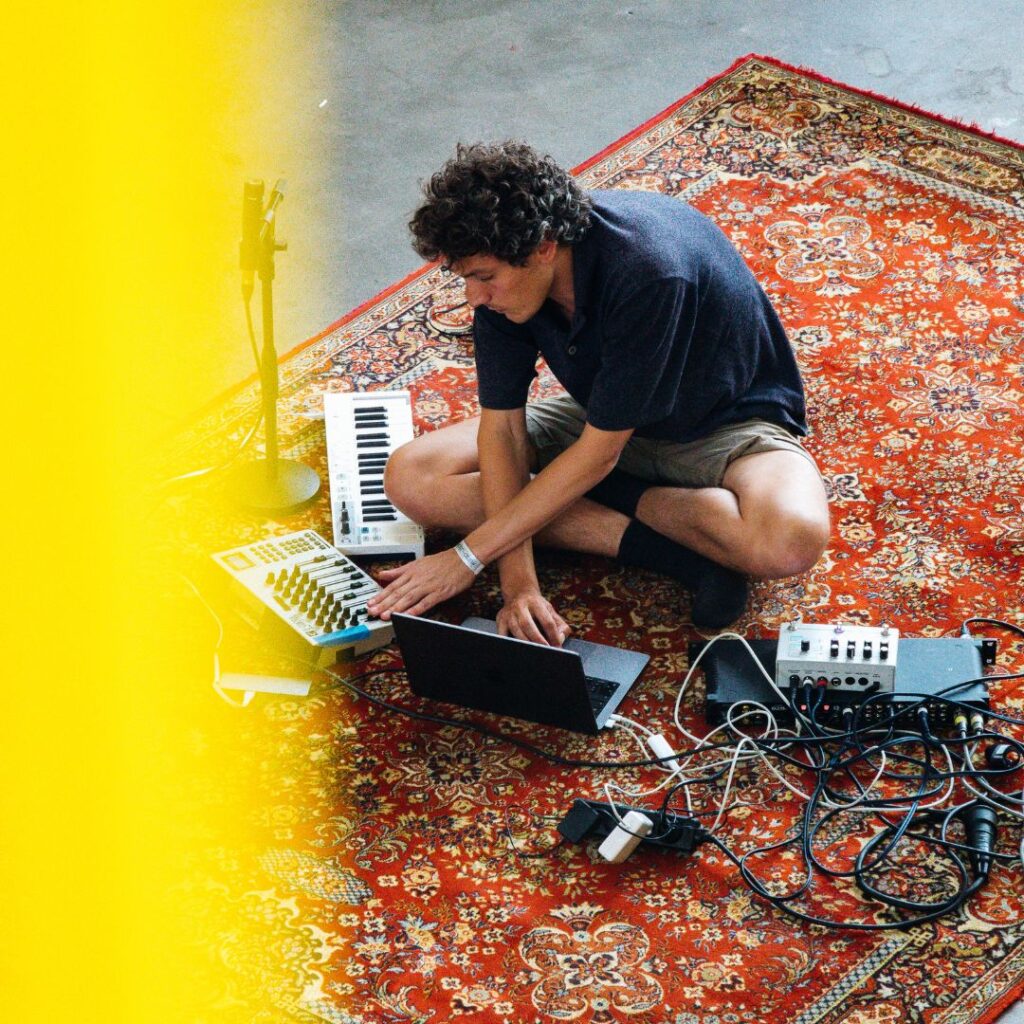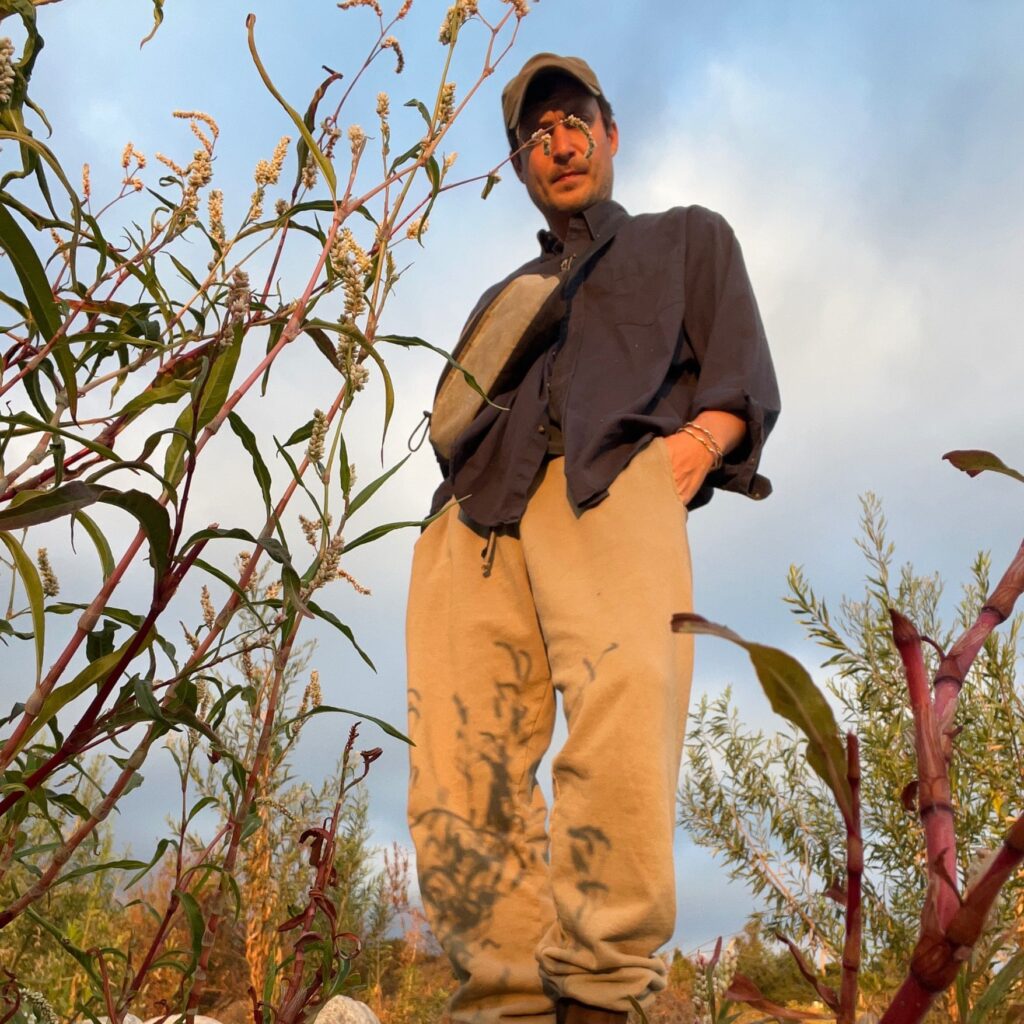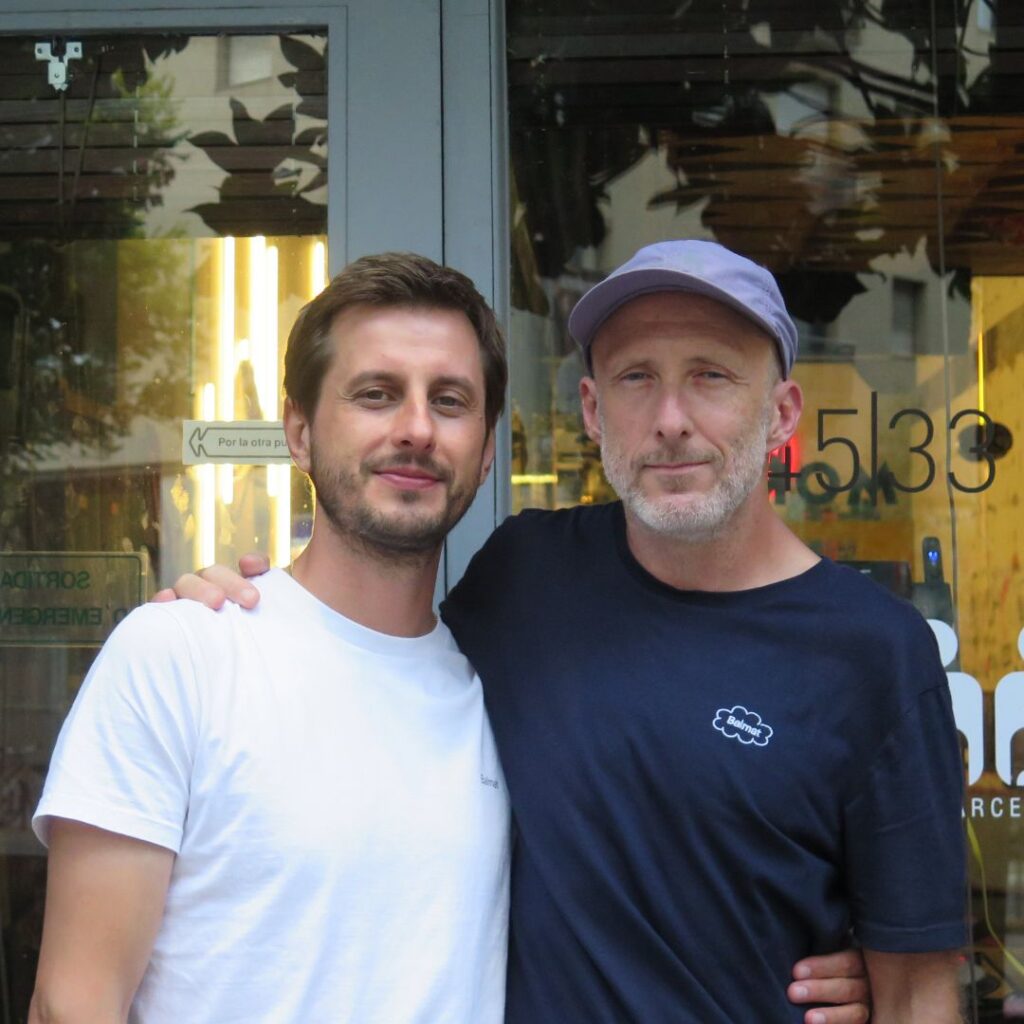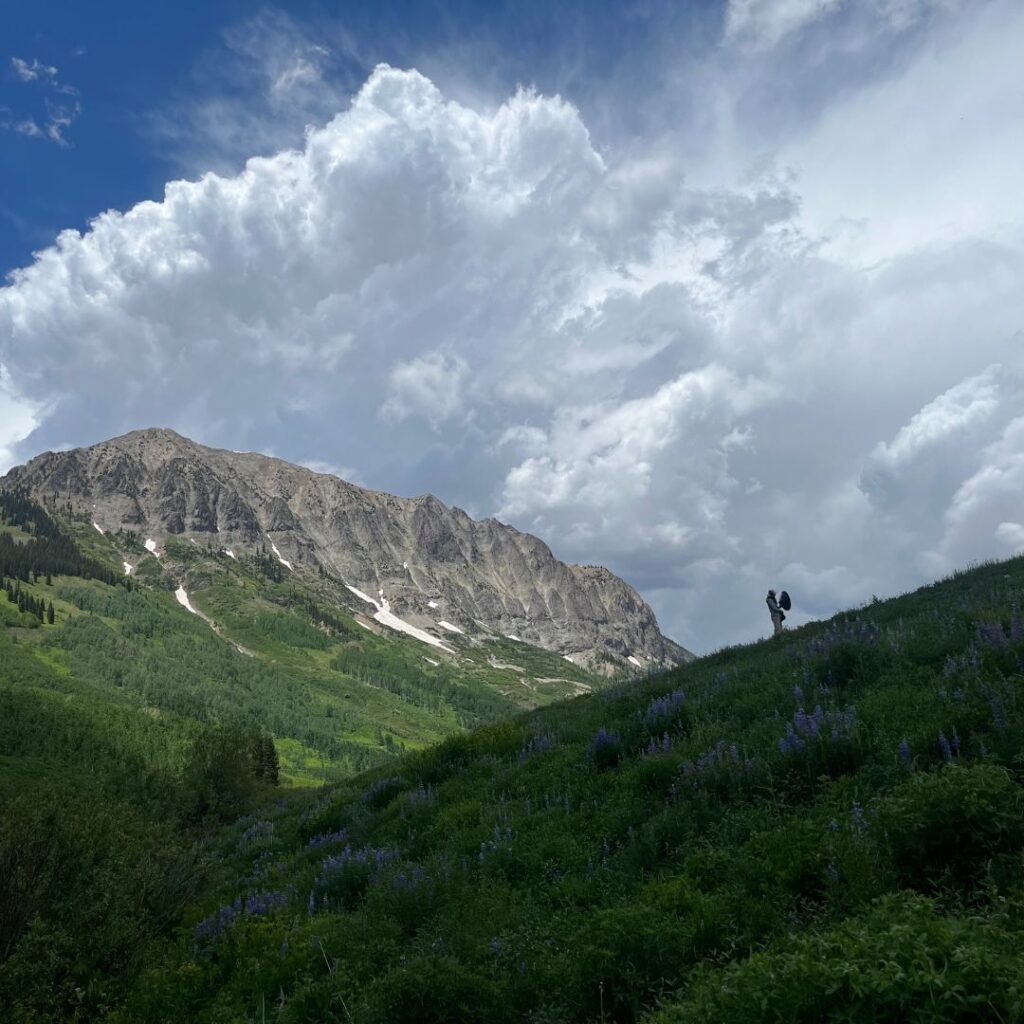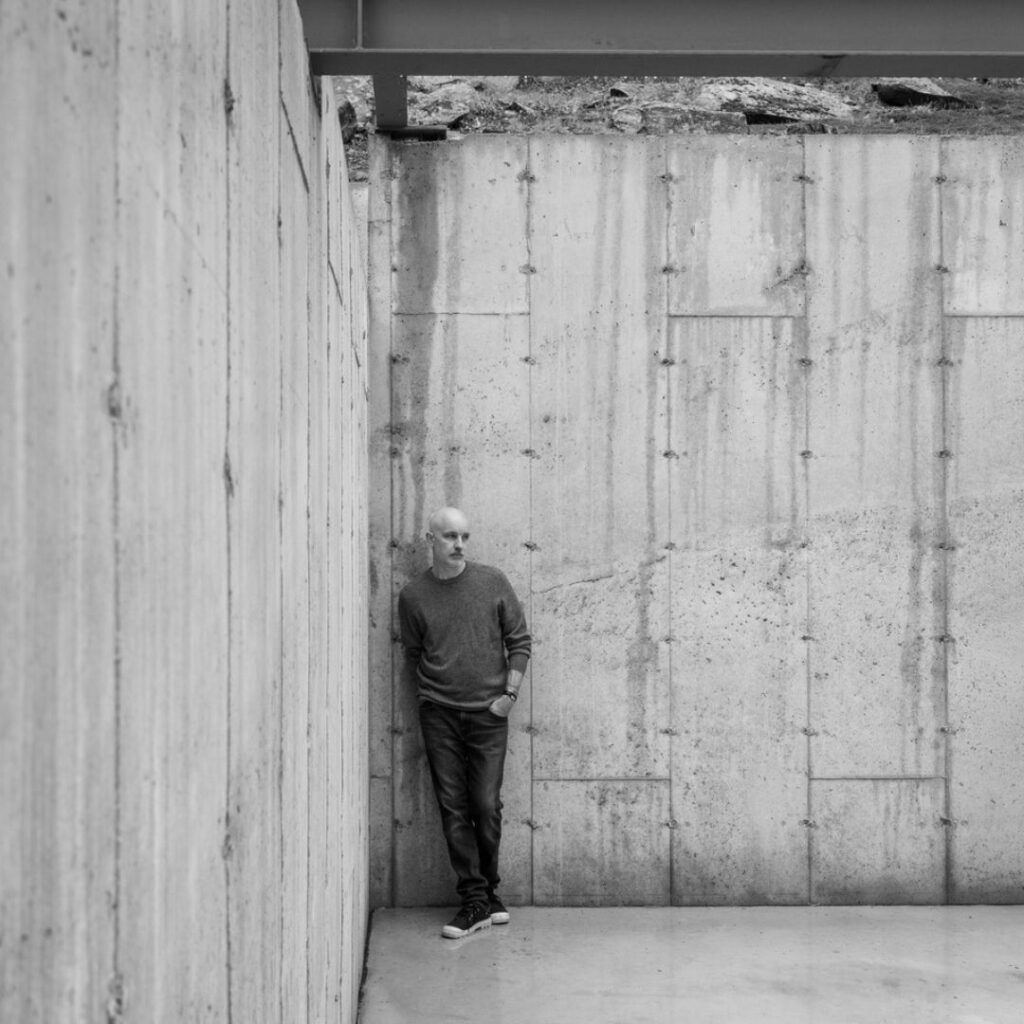exploring the space between the dancefloor and the living room with ruben verkuylen
We are fascinated by mood and music, as you can probably tell. In our brand-new mood talk series, we sit down with various artists, labels and creatives to explore the relationship between mood and music in great detail. Talking about life, fascinations, sounds and so much more, this mood talk aims to shed light on their rituals and creative processes with the hope that you find new ways to appreciate music.
For our first mood talk, we spoke with Ruben Verkuylen of BAKK, a Dutch label based in The Hague. In 2016, BAKK launched a series of releases called Plafond. Plafond openly defies genres and often initiates collaborations between artists from whole different sides of the musical spectrum. Next to running BAKK, Ruben has many creative outlets. As a graphic designer, DJ, passionate cook and occasional producer, Ruben can be considered a creative all-rounder.
What is the inspiration behind the Plafond series?
BAKK started out as a label geared towards club music. At some point, we wondered what happened if the main label’s artists would make something else, not per se clubby? This inspired the idea to start a new series called Plafond.
Plafond is not restricted to any fixed genre, as that would limit the artistic freedom of our artists. The only encompassing theme is that Plafond features music that explores the space between the dancefloor and the living room.
Who’s behind BAKK?
BAKK is run by three people (Nic, Thomas and me) and we all met each other at the art academy in The Hague. We studied at different departments but had a shared interest in electronic music. This kicked off with organizing both small and big events and translated eventually into the record label BAKK. I am a graphic designer moonlighting as a DJ on the side. Every person is more or less in charge of one part of the label, but we always discuss every aspect together and bounce back ideas back and forth between each other.
Next to BAKK, we also run a separate label called Rubber. Under this label, we feature music that is more industrial, wave and odd in nature. We felt this didn’t fit nicely under the BAKK umbrella, therefore we decided to create a separate label altogether.
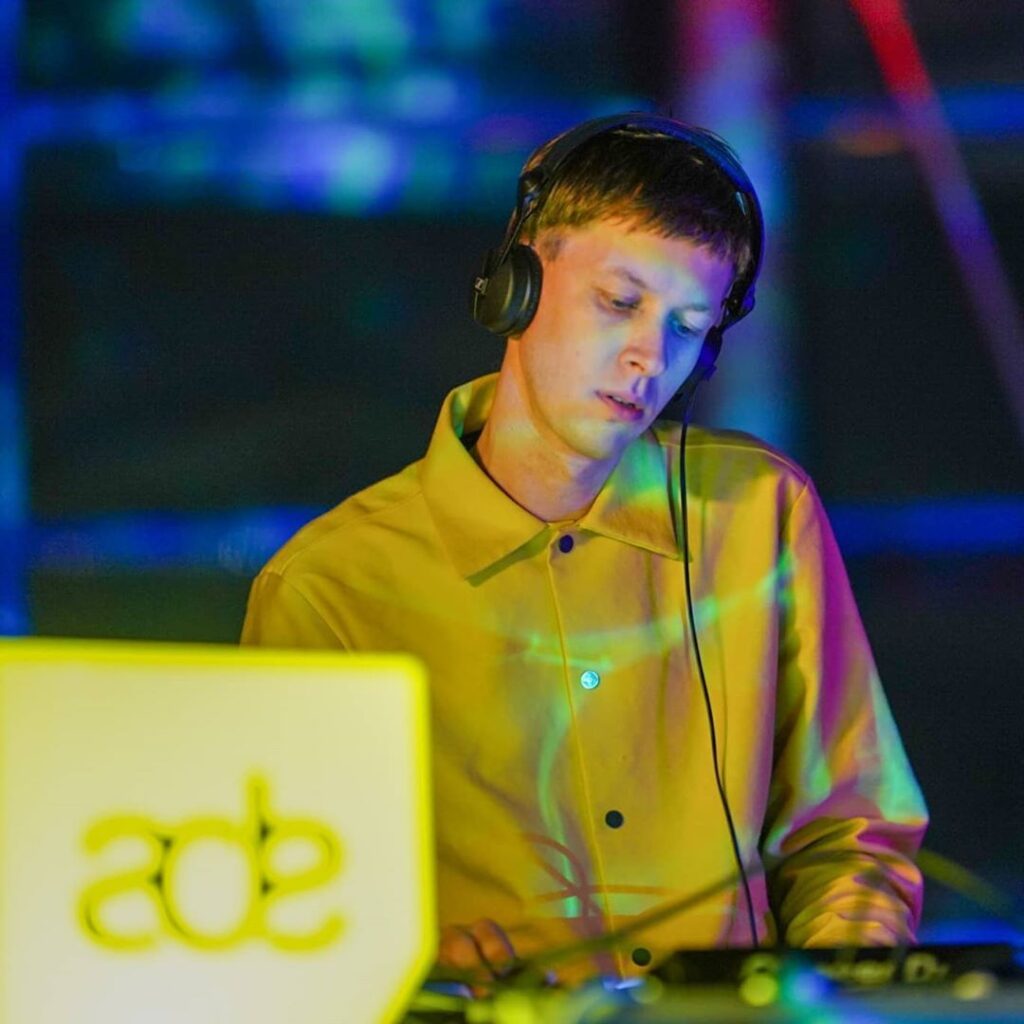
As all Plafond releases are collaborative in nature, how do these collaborations come about?
As a label, we aren’t all that interested in already finished products that we just need to design and press. We really prefer to be actively involved in the creative process early on with the artists. That’s the fun part for us, as we all come from various creative backgrounds.
Often an artist presents different sketches to us, and together we explore different concepts that could work. Once we’ve found a concept we’re convinced about, the next step for us is to figure out which other artists could complement the sound of this initial idea. Whenever we suggest possible collaborations among artists, we do our best to concretely explain why we think this certain collaboration seems interesting.
So far, we have six releases and all our suggested collaborations have been realized. Needless to say, we are very happy with the outcome.
How does your mood influence your creative pursuits?
Whenever I design something or have an upcoming DJ set, I always start from a certain mood in mind.
For DJ sets specifically, it often starts with a feeling. Sometimes I want the set to be a very heavy, angry one. Other times, I’m compelled to make it a smoother one. I often find a key track that underlines that feeling perfectly, and I use that as a starting point to collect music leading up to the gig.
I don’t work from A to B, as it’s impossible to know how the set will pan out exactly. I prefer to start in the middle and work my way from there. Of course, it doesn’t always work out on the moment itself. Sometimes I come up with a selection which I disregard completely on the night itself and I play something completely different. But yes, I do think that mood is a quite important factor in the process. It’s a guideline.
With graphic design, it’s harder to put in words. Mood also plays a role here, but in a more abstract way. It’s a very intuitive process. It just kind of flows naturally. Sometimes it doesn’t flow at all, then I have to stop for a moment and let it rest and pick it up later.
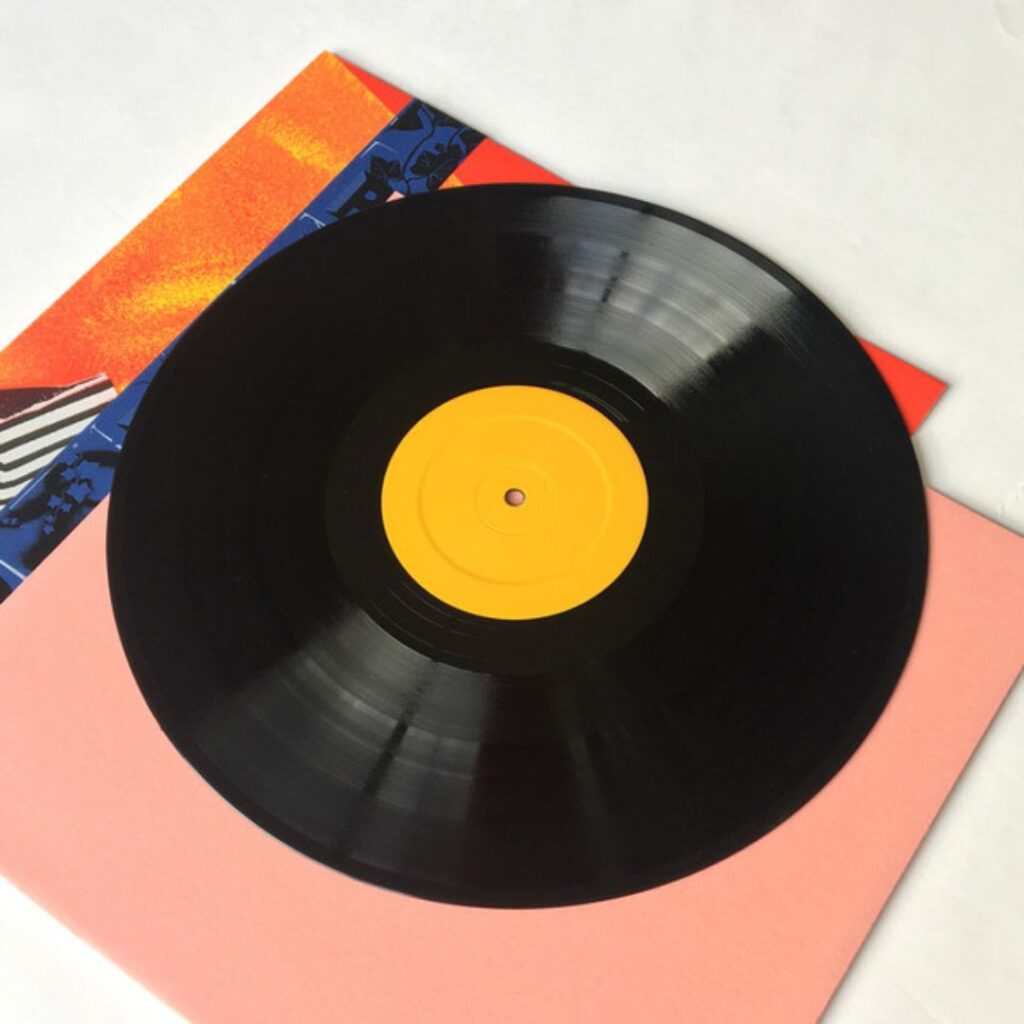
In your DJ sets, do you ever imagine a sort of evolution of moods or do you prefer to stick to one main mood?
I often prepare my DJ sets in parts. If there’s a certain moment in the set where I feel like I want to drop down the energy level, I activate a different part. Also when I really have the feeling that the crowd is completely on track with what I am trying to achieve musically, and I feel I have the freedom to push some boundaries, then I have another part prepared for this.
Preparation is quite important for me. It helps to be flexible in the moment and have the freedom to move around in different musical directions, without having the feeling of being lost in the story.
Our next question is a bit more abstract, but we’re curious. What’s your all-time favorite sound?
The sound of rain is really magical to me, especially if you are indoors and you have a very thin roof. In my bathroom, there’s a small roof window. When it rains and it’s late and dark in the evening, I really find myself sitting in a cocoon of sound. The sound is very 360 degrees because the rain hits everywhere, and that is one of the most fun sounds to me. Very soothing.
And how about smell, do you have a favorite?
I am quite a fanatic cook and I am often in the kitchen. There’s one smell I find quite spectacular: the smell of seroendeng, an Indonesian side dish made with fried coconut flakes.
I first smelled it when I was working at an Indonesian restaurant. I always had a very good relationship with cooks and they have taught me a lot of things. One of the things is this simple dish. It’s basically grinded coconut mixed with sugar and salt, which you then burn so it caramelizes. Once it burns, the most amazing smell arises, an intense coconut smell that really lingers in your home for an hour.
Easy to make and delicious when combined with your morning oatmeal or a hearty evening meal. Definitely highly recommended.
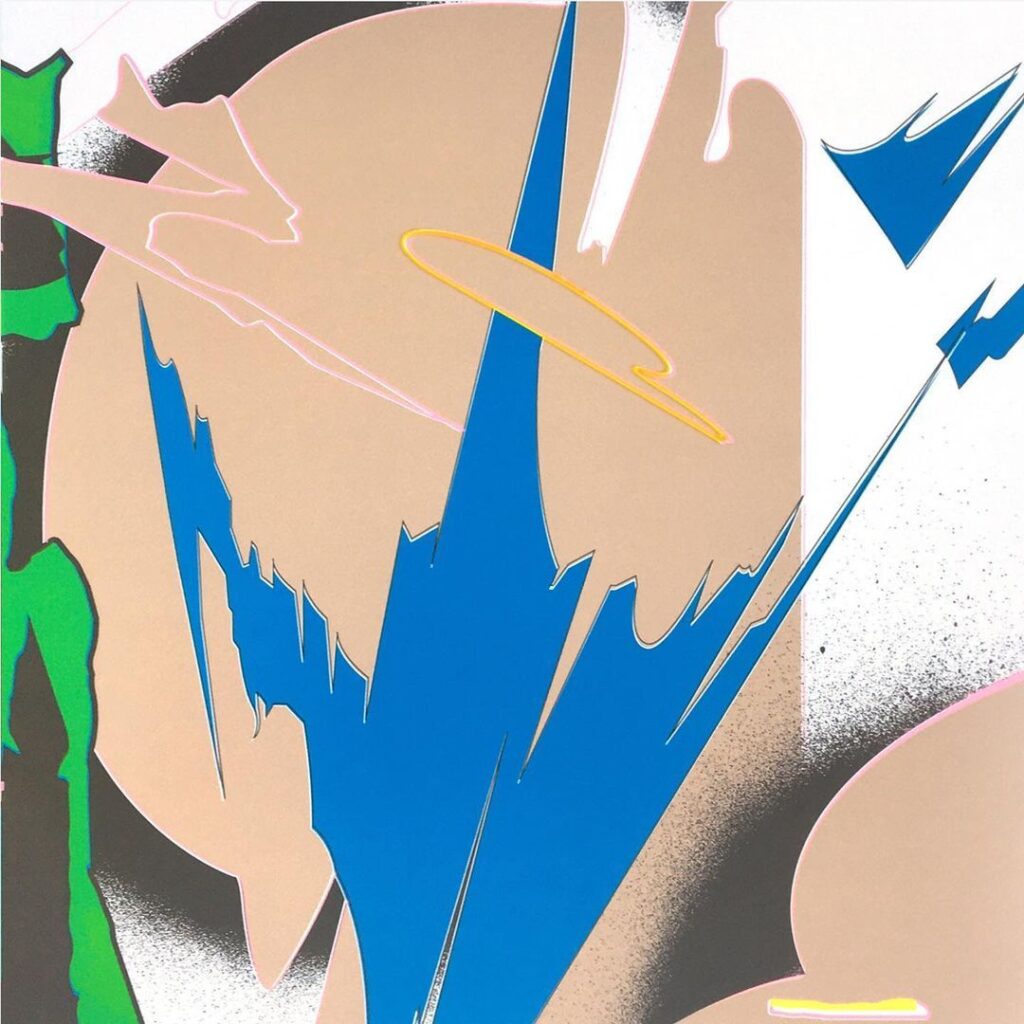
Out of curiosity, can you share with us how you categorize your music collection?
I mostly categorize alphabetically based on the last name of the artists. I don’t have a very big record collection. In fact, I have less than a thousand records, so it is still manageable to do it like this.
I do have roughly three very broad categories, namely club, abstract minimal ambient and others. Club for me is really straightforward electronic music. The other two categories are more oriented towards listening. Sometimes it happens that I listen to my records again and switch them around different categories.
If I would have a bigger collection, I might feel the need to categorize further, but for now alphabetic is the best approach. It helps me to not think too much in boxes.
Is there a reason you prefer to keep your record collection rather small?
If I buy physical records, I mostly do it when I really find the artist or label unique or interesting. I mostly buy a lot of my music digitally. Some labels are doing very nice things, but sometimes don’t have physical releases. In a way, I became a bit more selective over time and the records I do buy are mostly for listening. I hardly buy club releases anymore in a physical format. Everything just fits in one closet now and that’s perfect for me. Sometimes I also sell some records, just to not let the collection grow too much.
Which labels are you listening to yourself at the moment and why?
I am a big fan of the NYC-based label RVNG. Queeste here in The Netherlands is also doing a lot of interesting stuff. London-based label AD93, formerly called Whities, is also very interesting.
Generally, these labels approach music in a very holistic fashion. Every little detail is just super spot on: the artwork, the music, the materials used. Many labels do have a certain style or sauce, but when you look at the full picture of the releases, there’s just something lacking.
The best thing that can happen, in my opinion, is that it gets to such a level that you would buy releases almost purely based on the artwork alone. And then when you listen to the music, you realize the release is even way better than you ever imagined it to be. The biggest compliment to us is to hear that people sometimes buy our releases based on the artwork alone, only to realize at home that they enjoy the music greatly as well.
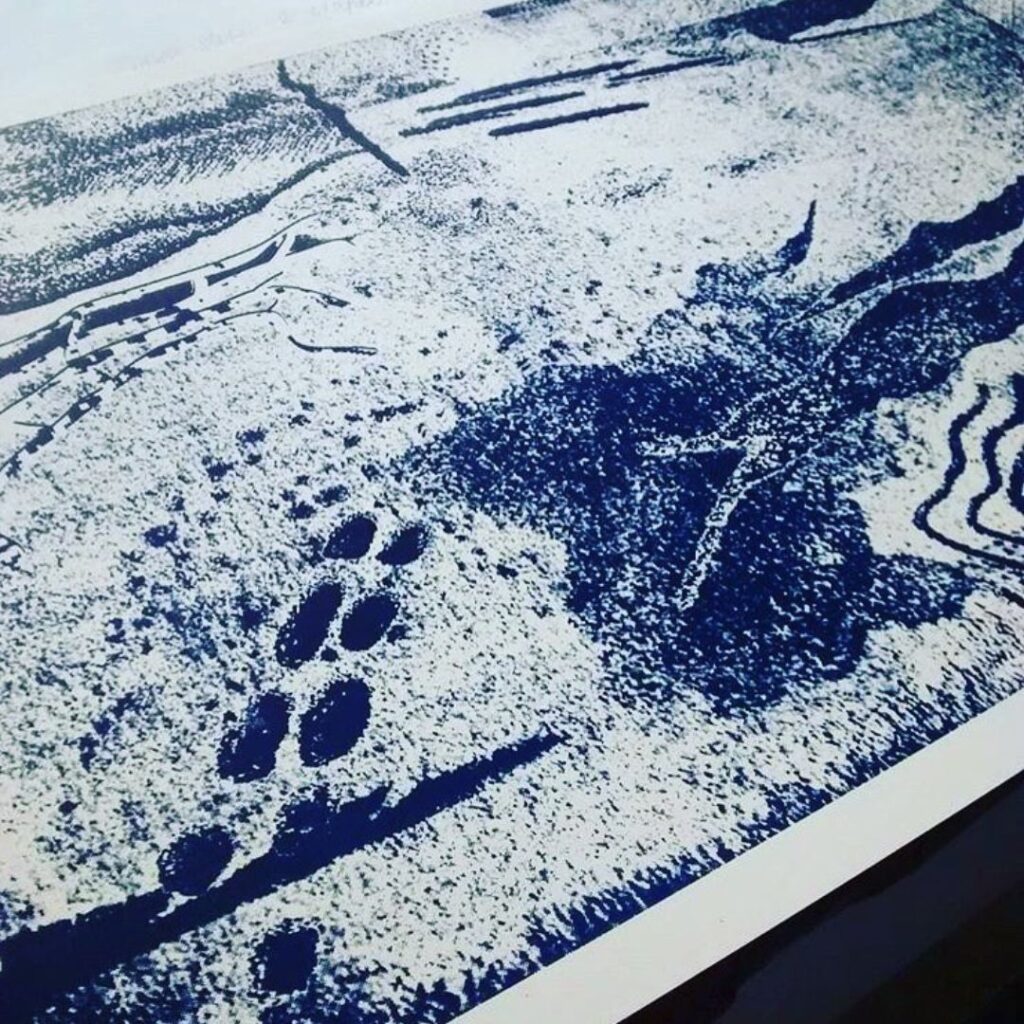
The artwork for the Plafond series is quite unique. Can you give us some insight into this process? Do you sometimes also design covers yourself as a graphic designer?
From day 1 of BAKK, Mike Kokken, with whom I share a studio with, has done a lot of the designs together with me. After our eighth release, I distanced myself a bit from the design part to focus more on the label itself and Mike took over the full design process. Being actively involved in the design and the label at the same time was getting a bit too complex.
From then on, Mike has done almost all the designs for BAKK. For Plafond, Mike collaborates with another designer Tim Badoux. Mike designs the Obi strip, while Tim does the covers himself. They do align with each other, but only after they each have made an independent design first. For the last Plafond release, I exceptionally designed the cover myself as Tim was caught up in other projects, but Mike still did the Obi strip.
Another fun aspect for us — just because we have worked closely with the same few designers — is that you see the evolution in their artwork as well. In a way, we give trust to the designers to come up with something on their own but we also expect a lot.
At what moment in the process do the designers start their artwork? Does the concept come first, or is the music always first?
The designers are involved quite early on. We often have a rough idea of what the release is going to be like. Somewhere between the first sketch of the tracks and the finished ones, we call upon the designers. It can happen that sometimes some things change in the production, but the direction/mood is clear for the designers to work with it.
Only when we as a label are convinced with the design, that’s when we share it to the artists. By now, the artists have quite some trust in us as a label and often really like the artwork we put out, so they mostly leave us in charge of this part while they focus on the music.
How do you communicate the concept to the designers?
Often we communicate some key words or ideas to Mike. From there, it goes quite fast. Mike usually has an idea of what direction to take from there, and the artwork itself evolves so much sometimes that it’s hardly still linked with the original idea. It kind of gets a life of its own. We actually often think in colors, as well. We sometimes check which colors we have not yet used in previous releases and what color would fit the artists we’re working with.
A key part is that we never think of our releases as vinyl releases. We approach them maybe more as works of art. So far, it has always turned out as a vinyl record, but we always try to start from the concept and then see where that takes us. It’s very possible that a future edition won’t be a vinyl at all. In a way, because we really approach the concepts as works of art, the results often transcend the format of a typical vinyl record.
One detail that’s also very important to us is the quality of the printing and the ink. So much so that we print all releases for BAKK on our own. It’s the best way for us to stay on top of the whole process and to keep control of the specific colors of the ink. We have never printed a release just with standard CMYK.
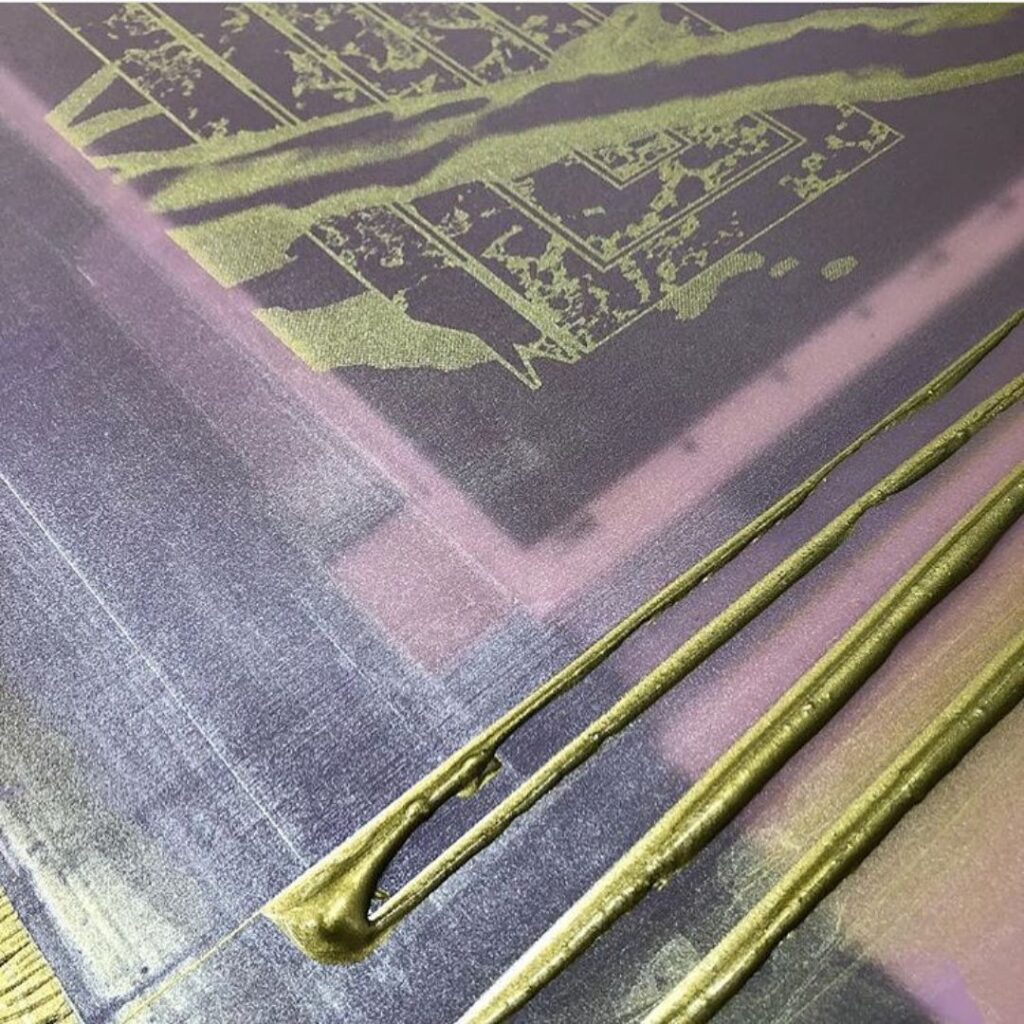
Last question. As Plafond explores the space between the living room and the dancefloor, what is your advice for an ultimate listening experience?
The best way is to sit down on your sofa at a good distance from your speaker, so you can really hear the sound spatially. Serve yourself a quality tea or coffee, or even open a good bottle of wine, and then just listen attentively.
In my viewpoint, a good track is one that lends itself to many situations. Maybe first listen to it with your full attention, then listen to it in the background, then listen to it on headphones and so on. The main concept behind the series is that it’s music that can be enjoyed in a deep listening session at your home, but would also still fit a DJ set. Not just an ordinary DJ set, but a DJ set of a DJ that would have the guts to try something special.
With the Plafond series, we release music that is also interesting for deep listening. Haron for example is so incredibly skilled in the way he makes music very tactile. Especially in how he plays with textures and sounds in such a way that they get very unique structures that you can almost feel – a big sound, a small sound, a round sound, a pointy sound. He has a certain way of transforming just one hit on the piano into a whole array of loose sounds using all sorts of special reverbs and delays. These fine nuances can be really appreciated if you listen attentively to the work and also really take the spatiality of the music into account. It’s really something I appreciate a lot in music.
I am also a huge fan of the latest release of Beatrice Dillon called Workaround. She masterfully uses a lot of loose little sounds, but there’s also so much space in that release, even though it’s still an energetic club record with a lot of movement and dynamism. That’s very interesting to me.

